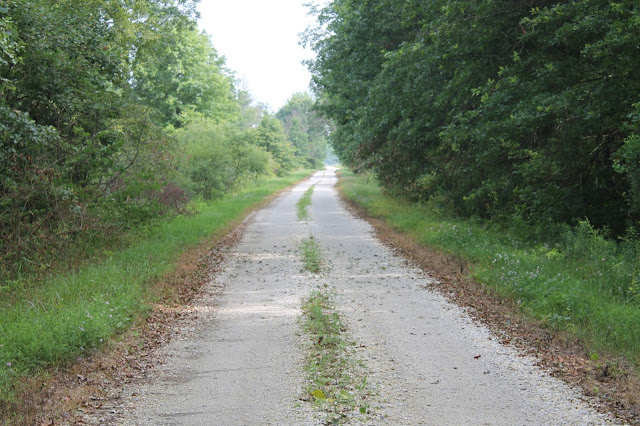This is Sascha, a Chilean rosehair tarantula (Grammostola rosea). Sascha is an adult female, very likely collected from the wild. Sascha unexpectedly landed in my care over one year ago but has been a very hardy and fascinating captive. Years ago, I kept dozens of species of spiders. Some called me an arachnoholic. These days I'm willing to settle with this big girl.
This is Maureen, my marine toad (Rhinella marina). Marine toads are also called cane toads or giant toads. This one was collected in Florida, though they are native to parts of South & Central America and Mexico. Marine toads, to me, are one of the most intriguing species of amphibians. This infamous amphibian grows larger than virtually all other toads and has successfully colonized areas it is not native to, due to introduction by humans. They are wreaking havoc in northeastern Australia, breeding like crazy and eating their way across the continent. About 100 toads were released there in the 1930s to combat the cane beetle, an insect that damaged sugarcane crops. Instead, they ate everything that fit into their mouths. Today, hundreds of millions of these toads call Australia home, and the Aussies hate them like we here in the Midwest hate emerald ash borers. Almost nothing can eat this toad and survive - it contains and exudes a highly toxic substance through its skin when in danger. It is responsible for the deaths of many dogs and cats, as well as snakes, lizards, birds, turtles, etc. The toad problem in Australia is a classic case of human lack of foresight.
"Some of the worst things imaginable have been done with the best intentions." -Dr. Alan Grant, Jurassic Park 3
I have been fascinated by this species for many years and this is the second marine toad I have kept.
Cassius doesn't understand why I'm taking photos of such strange animals.
My male corn snake (Pantherophis guttatus) in a bowl of gourds. I have worked with some of the most exotic and rare species of reptiles in my years, but I will always have a deep appreciation for corn snakes, particularly the normal, "wild" morph. It seems that the normal colored corn snakes are becoming rarer than the once-rare albinos, snows, butters, etc, than are seen nowadays.


















































